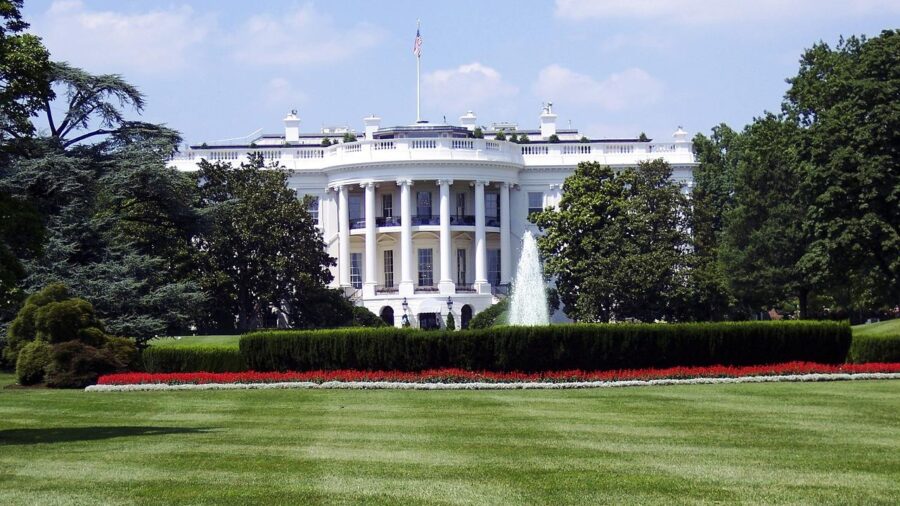AI Is The White House’s Next Target
Potential abuse of AI has led to the White House developing a plan for the new technology.

The potential of artificial intelligence (AI) to revolutionize various industries, from healthcare to transportation, makes it one of the most promising technologies of the 21st century. Nonetheless, the risks associated with AI, such as cyberattacks, election interference, and biased facial recognition systems that can discriminate against certain groups cannot be ignored. According to The New York Times, the potential risks of AI technology had already been acknowledged by the White House, but it’s now implementing more measures to minimize them.
Ahead of today’s meeting with the CEOs of top AI companies, including Microsoft Corp’s Satya Nadella and Google’s Sundar Pichai, the White House unveiled some measures to minimize the possible risks posed by artificial intelligence technology. The number of individuals who have utilized AI tools such as ChatGPT runs in the millions. Although these tools have been lauded for their ability to generate legal briefs and write essays, the surging number of users of AI technology has sparked concern over things like privacy intrusion and the spread of misinformation.
According to today’s announcement from the White House, seven AI research hubs will be established and receive $140 million in funds from the National Science Foundation dedicated to artificial intelligence. Furthermore, the administration has committed to publishing preliminary directives to guarantee that government organizations employ AI in a manner that protects the welfare and rights of the American public. In addition, the administration announced that a handful of AI developers, including Anthropic, Google, Hugging Face, NVIDIA Corp, Stability AI, and OpenAI have consented to provide access to their products for evaluation at an upcoming cybersecurity conference in August.

Prior to today’s meeting with top AI companies, the White House had already begun taking measures to promote equitable and responsible artificial intelligence usage. In February, President Biden signed an executive order directing federal agencies to eliminate AI bias, with the objective of preventing the perpetuation of systemic discrimination, particularly in law enforcement and employment. Furthermore, the administration introduced an AI Bill of Rights outlining fundamental principles of AI governance that prioritize fairness, privacy, and transparency.
In addition to the Bill of Rights, the Biden administration also introduced a risk management framework to assist federal agencies in identifying and mitigating potential risks associated with the deployment of AI systems. This framework provides a comprehensive set of guidelines for risk assessment, highlighting the importance of assessing the potential impact on individuals and society as a whole. By setting clear standards for the development and use of AI, the White House hopes to foster a culture of ethical AI usage that prioritizes the public good.
While the White House’s efforts to reduce the potential risks of AI are commendable, there is still more work to be done. AI is a rapidly evolving technology, and the White House must remain vigilant and continue to adapt its approach to artificial intelligent governance as new challenges arise. Still, it’s nice to see the administration is taking positive steps towards promoting the responsible development and use of the technology.











